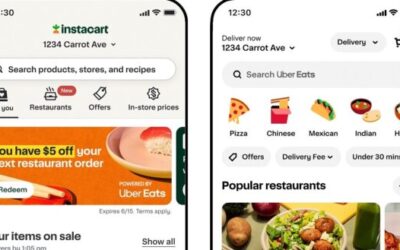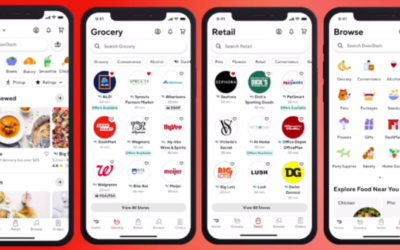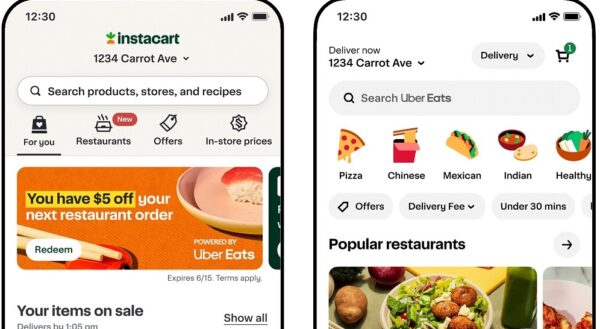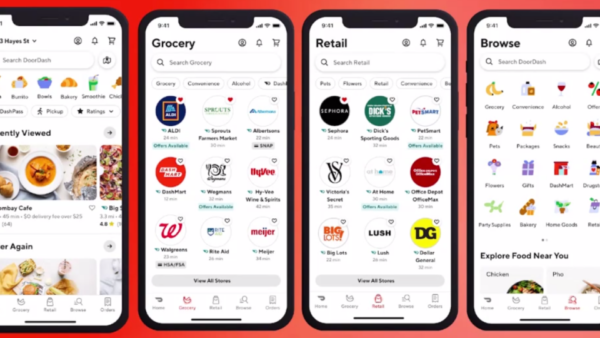How the Not-Amazons of the World Should Approach Commerce Media


All eyes in the retail world are on opportunities in commerce media right now — and rightfully so, given that the already-massive spend in this channel is expected to double again by 2027. But as the gold rush gains momentum, it would behoove small and mid-size retailers to remember that not everyone is running the same race for the same prize.
Commerce media represents a tremendous opportunity for retailers of all sizes to open new revenue streams and make the most of their close customer relationships and valuable first-party data. But the Amazon playbook only works for Amazon. Small and mid-size retailers need to write their own, and now is the time for these players to think critically and strategically about precisely where they’re heading with their commerce media aspirations — and how they’re most likely to get there.
Even though commerce media is a relatively new concept, there is value in recalling the historic ebbs and flows of the retail space at large. Decades ago, there was a time when the rise of big-box retailers seemed destined to obliterate specialist and local retailers by virtue of their scale and the capabilities that came with it. And indeed, the retail world did undergo a period of upheaval.
Ultimately, smaller and specialist retailers took stock and wisely reoriented around their unique value propositions: not scale or price, but rather concentrated value in the form of exceptional customer experience and a personal touch. This is precisely the way in which small and mid-size retailers need to be orienting themselves within the increasingly competitive commerce media space as well.
Identifying the Criteria for Success in Commerce Media
While commerce media is being positioned as a rising tide that can lift all boats, that doesn’t mean every retailer that’s dipping its toes into the space right now is finding the success it would like. PubMatic recently commissioned Forrester Consulting to explore the current state of commerce media, including the distinguishing characteristics of the most successful commerce media networks.
According to our findings, high-success organizations are more focused on improving relationships with suppliers and consumers and monetizing first-party data. Meanwhile, low-success organizations are more focused on finding revenue streams or are just piloting commerce media programs, uncertain of whether it represents a long-term strategy. Low-success retailers are also more likely to fall short with their ability to scale and provide sufficient inventory, which damages the buyer experience.
The most consistent issue retailers face is a lack of internal expertise to deploy their commerce media programs strategically, which leaders cited as the greatest key to success. Going forward, organizations are turning to their technology partners to fill in knowledge and expertise gaps and to help retailers build their commerce media networks in both tactical and strategic ways. For small and mid-size retailers, the partners and types of solutions they seek will be key to ensuring their commerce media strategies are capable of harnessing their unique strengths when compared to the mega-players in the space that will inevitably capture the lion’s share of commerce media spend.
Finding Your Unique Value
Even though Amazon, Walmart, Target and a select few other retail titans are destined to dominate the commerce media space, there is still plenty of revenue and opportunity to be unlocked by small and specialist retailers that play their cards (and technology) right. Here are a few guiding principles they’ll need to embrace.
Just because you can doesn’t mean you should. Any decision to enter the commerce media space needs to come along with a gut check. Commerce media is not a case of “if you build it, they will come.” It requires dedication, resources and technology investments. Before diving in, retailers need to take stock of what they can offer to advertisers that they can’t get elsewhere and ensure they’re resourced in a way that they can deliver on that value.
What small and mid-size retailers need to do: Quantify and qualify your first-party data, and compare it to what else is available in the market. Make sure your commerce media partners are aware of precisely the unique value you bring to the table.
Don’t dilute your value by spreading yourself too thin. Most small and mid-size retailers are going to need to partner up to unlock the value of commerce media without overtaxing their existing teams. In that regard, they need to make sure the companies that they work with are more substance than hype, and that they’re able to achieve what they need to achieve within a single platform that provides the kind of control and reporting required for success and refinement.
What small and mid-size retailers need to do: Find a commerce media partner equipped to serve the size of your marketplace and one that can bring scale and supplemental inventory to your offering as needed.
Commerce media players are stronger together. As our research demonstrated, scale will be a serious impediment for most players within the commerce media space. For small and mid-size retailers, having the inventory to build the commerce media offering they’d like will be a challenge.
What small and mid-size retailers need to do: Small commerce media networks should consider aggregating to form a supply-side cooperative. Most commerce companies are not large enough to warrant being a walled garden, but by joining a larger network and sharing relevant insight, they can function like long-standing catalog-marketing cooperatives.
Today’s retailers are accustomed to navigating a landscape supported by a handful of large players. But if advertising technology has taught us anything, it’s that tech players — both large and small, incumbent and new — can work together successfully, playing to their unique advantages, to drive the best outcomes for all commerce media players.
Hashim Mian is Senior Director, Commerce Media, leading PubMatic’s North America business in this rapidly growing area. His venture into commerce media began nine years ago at Triad Retail media, a pioneer in digital shopper marketing, where Mian held pivotal roles in sales and product leadership. Since then, he has partnered closely with retailers and brands to create scalable, data driven solutions at companies such as OwnerIQ (acquired by Inmar) and Quotient Technologies.










